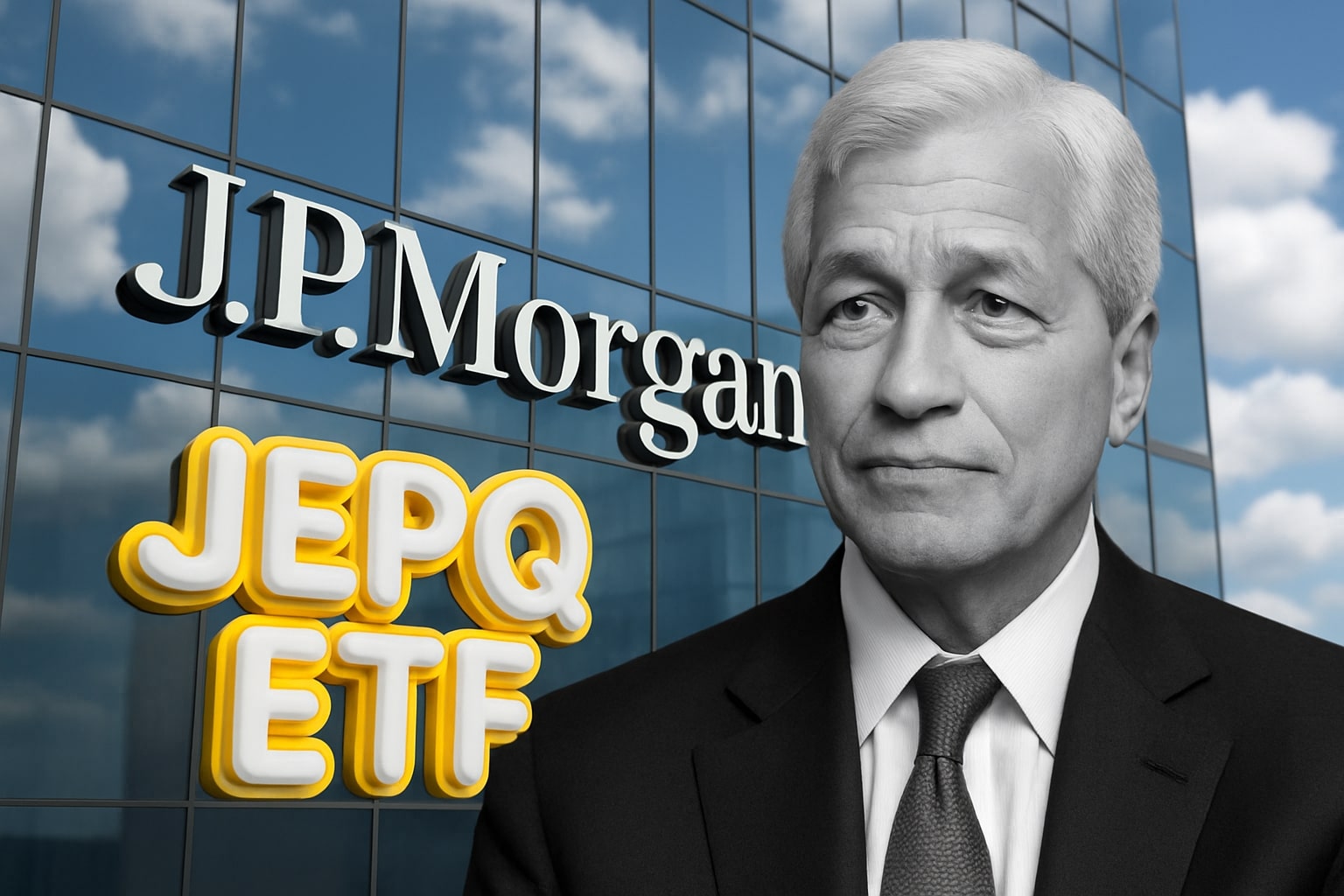Government Shutdown and Capital Migration Effects
Beyond rate policy, the U.S. government shutdown beginning Oct 1 has introduced a new macro catalyst. Prediction markets assign a 60 percent probability that it lasts beyond ten days, while Kalshi’s forecast average points to 11.1 days. The lack of fiscal resolution has already pressured the U.S. Dollar Index (DXY) down 1.4 percent this week and driven Treasury yields toward 4.45 percent on the 10-year. As faith in political stability wavers, investors are redistributing cash toward Bitcoin, viewing it as both a hedge against policy paralysis and a non-correlated collateral asset.
The correlation matrix supports this shift: BTC’s 30-day rolling correlation with gold climbed to 0.64, the highest since April 2023, while its link to the Nasdaq 100 fell to 0.28, signaling decoupling from tech-equity risk and stronger alignment with macro hedges.
Liquidity, Mining, and Halving Undercurrents
On-chain data reveal ETF custodians withdrawing coins from exchange wallets at the fastest pace since March 2024. Roughly 37,000 BTC left centralized exchanges during the week of heavy ETF inflows, reducing liquid supply to levels last seen before the January ETF approvals. With the next halving scheduled for April 2026, projected daily issuance will drop from 900 BTC to 450 BTC, amplifying the impact of each billion-dollar inflow on supply-demand equilibrium.
Meanwhile, hash-rate efficiency continues to rise: the global network reached 718 EH/s, with major U.S. miners like Marathon Digital (NASDAQ:MARA) and Riot Platforms (NASDAQ:RIOT)** expanding operations by 15–20 percent QoQ**. These miners increasingly hold BTC on balance sheets, adding another layer of supply constriction.
Global Adoption and ETF Spillover to Europe and Asia
The ETF success story is spreading beyond U.S. borders. European ETPs added $500 million AUM in September, led by 21Shares and CoinShares, while Hong Kong’s CSOP Bitcoin ETF posted $43 million in weekly inflows, its best since launch. This cross-regional flow pattern confirms a coordinated institutional accumulation phase rather than an isolated U.S. phenomenon.
Asian markets are particularly sensitive to the upcoming U.S. rate cycle; a dovish Fed improves liquidity for regional funds, enabling broader crypto allocations. If the Fed’s next cut lands in November, as futures now price at 78 percent probability, these global ETFs could extend the rally across Q4 2025 and Q1 2026.
Market Psychology and Derivatives Data
CME Bitcoin futures open interest surged to $8.6 billion, the highest since the 2021 peak, while perpetual funding rates remain neutral, implying the rally is spot-driven rather than purely leveraged. Options data from Deribit show skew collapsing to -3.1%, indicating traders are paying more for calls than puts—an explicit bet on upside continuation. The $125,000 and $135,000 strike calls dominate open interest for October 25 expiry, reinforcing the market’s short-term bullish bias.
Analyst Consensus and Forward Outlook
The institutional narrative has converged: ETF inflows have transformed Bitcoin’s demand elasticity. Deutsche Bank recently reaffirmed its $150,000 year-end target, citing the asset’s growing role in diversified reserve portfolios. JPMorgan and Citi echoed similar views, describing the ongoing phase as “pre-parabolic.”
The combination of ETF accumulation, supply compression, dovish policy expectations, and favorable seasonality leaves BTC-USD structurally bullish into Q4 2025. Volatility will remain elevated—14-day realized vol just crossed 48% —but every corrective dip toward $118,000 appears met with institutional demand.
Verdict: BUY — Structural Bull Market Intact
After processing the full data landscape—record ETF inflows ($3.24 billion), shrinking exchange supply (-37,000 BTC weekly), CME open interest ($8.6 billion), and rate-cut probability (78%)—the signal remains unmistakably bullish. Bitcoin (BTC-USD) is consolidating above $120,000 as a new institutional base forms. If ETF inflows sustain above $2 billion per week, the market structure supports a retest of $135,000 within weeks and a potential $150,000 breakout before 2026.
The conclusion: BTC remains a Buy, with upside targets of $135,000–$150,000 in the current cycle, supported by one of the strongest institutional inflow environments in the asset’s history.


















